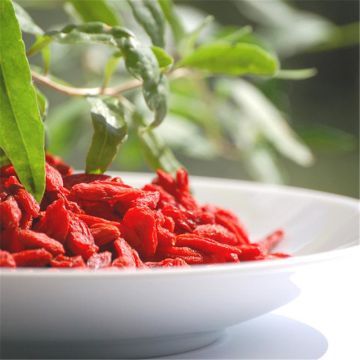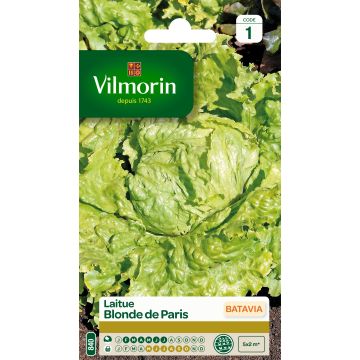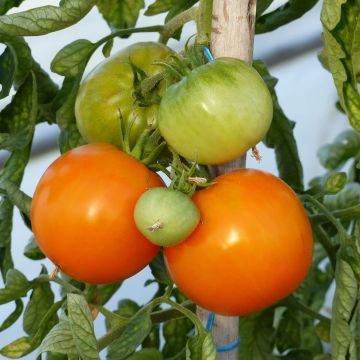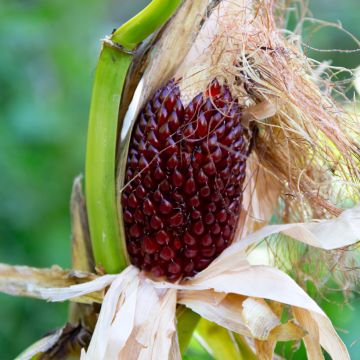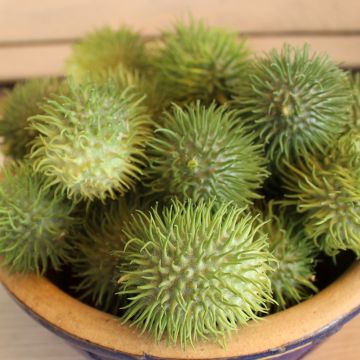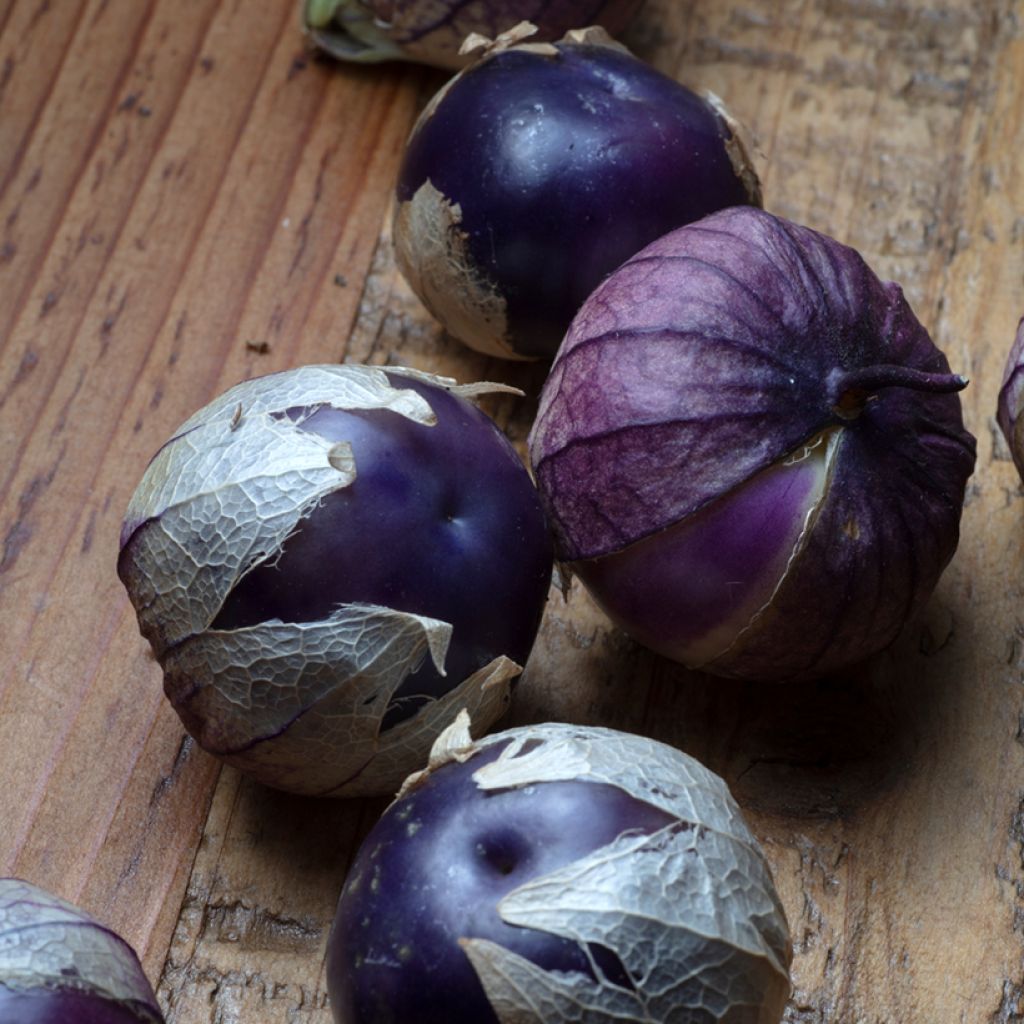

Purple Tomatillo - Ferme de Sainte Marthe seeds


Purple Tomatillo - Ferme de Sainte Marthe seeds
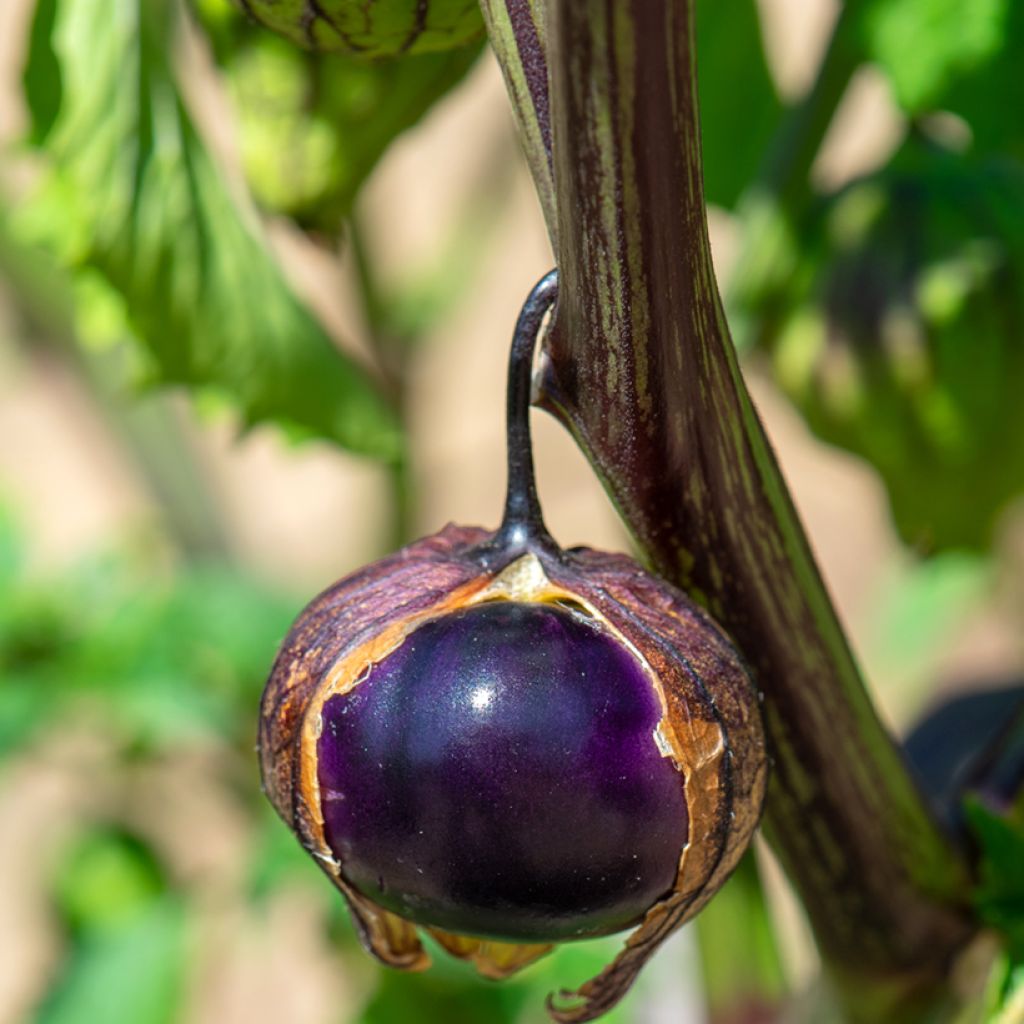

Purple Tomatillo - Ferme de Sainte Marthe seeds
Purple Tomatillo - Ferme de Sainte Marthe seeds
Physalis ixocarpa
Mexican husk tomato, Tomatillo, Large-flowered tomatillo, Groundcherry
VERY VERY disappointed with the seeds from Ferme de Sainte Marthe after ordering 2 tomatoes (Bosque Blue and Cherokee Purple) and 1 purple Tomatillo. I thought I was dealing with a high-quality seed producer. For the past 5 years, I have been growing my tomato plants myself, with around fifteen varieties that I enjoy, from which I collect the seeds that germinate, replant, and grow without any problems. Every year, I add 2 or 3 new varieties to discover new flavors and test their productivity and resistance. This year, it was these 3 varieties from Ferme de Sainte Marthe that I was excited to discover new flavors from. What a disaster! Out of these packets, each containing 50 seeds, only 3 Bosque Blue seeds germinated, 2 Cherokee Purple, and 4 Tomatillo. Moreover, they lacked vigor, taking much longer to germinate than mine and were very weak. I don't know if it's a problem with the production batches or a quality issue at Sainte Marthe, but either way, I do not recommend Ferme de Sainte Marthe's seeds. Please pass on the message to this supplier, Promesse de Fleurs.
Michel, 24/03/2023
This item cannot be shipped to the selected country
Dispatch by letter from €3.90
More information
Schedule delivery date,
and select date in basket
This plant carries a 6 months recovery warranty
More information
We guarantee the quality of our plants for a full growing cycle, and will replace at our expense any plant that fails to recover under normal climatic and planting conditions.
Seed-only orders are dispatched by sealed envelope. The delivery charge for seed-only orders is €3.90.
Description
The Violet Tomatillo is a perennial vegetable plant grown as an annual, closely related to both tomatoes and physalis. It produces purple fruits, covered by a calyx. They can be eaten raw in salads, cooked in e.g. ratatouille, or used to make the famous Mexican Salsa verde. Sow in April for a harvest 6 months later.
The Tomatillo is a vegetable plant that belongs, like its cousins the tomato and the physalis, to the Solanaceae family.
After its discovery in the 16th century, the Tomatillo was introduced to all tropical regions of the world. Tomatillo fruits have a tangy flavour. They can be enjoyed raw, freshly picked, plain or in salads, but also cooked in stews and sauces. Tomatillo contains vitamins (A, B, C, D, K) and has depurative, refreshing, and diuretic properties.
The Tomatillo thrives in well-fertilised soil, warm and well-exposed locations. Growing it under cover is recommended in cooler climates. You can choose to stake it like a tomato or let it crawl on the ground. Its height or spread, depending on the cultivation method, is about one metre.
Take note! Tomatillo flowers are self-sterile: you will need at least two plants to obtain fruit.
Harvest: Harvesting takes place from late summer to autumn: pick the fully ripe fruit when the calyx dries out.
Storage: They can be stored for a few days in a cool place.
Gardener's tip: In regions with very mild winters you can keep your Tomatillos from one year to the next, provided you protect the plant's base in winter. Consider using dead leaves: they provide effective and economical protection.
Report an error about the product description
Purple Tomatillo - Ferme de Sainte Marthe seeds in pictures


Harvest
Plant habit
Foliage
Botanical data
Physalis
ixocarpa
Solanaceae
Mexican husk tomato, Tomatillo, Large-flowered tomatillo, Groundcherry
South America
Annual
Other Vegetable seeds from A to Z
Planting and care
Tomatillos are easy to grow, and the process is similar to that of tomatoes. Sunlight and heat play a crucial role in the success of this crop. They can thrive in any soil, although they prefer rich, loose, and well-draining soil. If the substrate is too compact, you can add some sand to improve it.
Sowing: From mid-February to May, sow your seeds indoors or in a heated greenhouse in trays at around 20°C (68°F). Bury the seeds under 5 to 7 mm (0in) of "special sowing" soil as they need darkness to germinate. Do not use compost at this stage as it may burn the future roots. The growth is rapid: the seeds will sprout between 3 days and a week after sowing. When the plants have grown 5 to 6 true leaves, transplant them into larger pots with more space for their roots and start acclimatising them to the outside on sunny days.
Transplanting into the ground: Once the risk of frost has passed, usually by mid-May, transplant your plants into the ground. Choose the sunniest and warmest spots in your garden. The ideal position is at the base of a south-facing wall. Loosen the soil and dig a hole at least 3 to 4 times the volume of the plant's root system. Add some well-decomposed compost at the bottom. Place your plant inside and firm the soil around it, while creating a small trough around the base, and water generously. Be careful not to water the leaves to protect your plants from fungal diseases. If you plan to plant multiple plants, space them 60 cm (24in) apart in all directions.
Maintenance: Applying mulch around the base of your plants helps retain some moisture and reduces the need for weeding. The plants do not require excessive watering as they have a taproot that searches deeply for available resources. Only water generously during prolonged periods of drought.
Seedlings
Care
Intended location
-
, onOrder confirmed
Reply from on Promesse de fleurs
Vegetable seeds
Haven't found what you were looking for?
Hardiness is the lowest winter temperature a plant can endure without suffering serious damage or even dying. However, hardiness is affected by location (a sheltered area, such as a patio), protection (winter cover) and soil type (hardiness is improved by well-drained soil).

Photo Sharing Terms & Conditions
In order to encourage gardeners to interact and share their experiences, Promesse de fleurs offers various media enabling content to be uploaded onto its Site - in particular via the ‘Photo sharing’ module.
The User agrees to refrain from:
- Posting any content that is illegal, prejudicial, insulting, racist, inciteful to hatred, revisionist, contrary to public decency, that infringes on privacy or on the privacy rights of third parties, in particular the publicity rights of persons and goods, intellectual property rights, or the right to privacy.
- Submitting content on behalf of a third party;
- Impersonate the identity of a third party and/or publish any personal information about a third party;
In general, the User undertakes to refrain from any unethical behaviour.
All Content (in particular text, comments, files, images, photos, videos, creative works, etc.), which may be subject to property or intellectual property rights, image or other private rights, shall remain the property of the User, subject to the limited rights granted by the terms of the licence granted by Promesse de fleurs as stated below. Users are at liberty to publish or not to publish such Content on the Site, notably via the ‘Photo Sharing’ facility, and accept that this Content shall be made public and freely accessible, notably on the Internet.
Users further acknowledge, undertake to have ,and guarantee that they hold all necessary rights and permissions to publish such material on the Site, in particular with regard to the legislation in force pertaining to any privacy, property, intellectual property, image, or contractual rights, or rights of any other nature. By publishing such Content on the Site, Users acknowledge accepting full liability as publishers of the Content within the meaning of the law, and grant Promesse de fleurs, free of charge, an inclusive, worldwide licence for the said Content for the entire duration of its publication, including all reproduction, representation, up/downloading, displaying, performing, transmission, and storage rights.
Users also grant permission for their name to be linked to the Content and accept that this link may not always be made available.
By engaging in posting material, Users consent to their Content becoming automatically accessible on the Internet, in particular on other sites and/or blogs and/or web pages of the Promesse de fleurs site, including in particular social pages and the Promesse de fleurs catalogue.
Users may secure the removal of entrusted content free of charge by issuing a simple request via our contact form.
The flowering period indicated on our website applies to countries and regions located in USDA zone 8 (France, the United Kingdom, Ireland, the Netherlands, etc.)
It will vary according to where you live:
- In zones 9 to 10 (Italy, Spain, Greece, etc.), flowering will occur about 2 to 4 weeks earlier.
- In zones 6 to 7 (Germany, Poland, Slovenia, and lower mountainous regions), flowering will be delayed by 2 to 3 weeks.
- In zone 5 (Central Europe, Scandinavia), blooming will be delayed by 3 to 5 weeks.
In temperate climates, pruning of spring-flowering shrubs (forsythia, spireas, etc.) should be done just after flowering.
Pruning of summer-flowering shrubs (Indian Lilac, Perovskia, etc.) can be done in winter or spring.
In cold regions as well as with frost-sensitive plants, avoid pruning too early when severe frosts may still occur.
The planting period indicated on our website applies to countries and regions located in USDA zone 8 (France, United Kingdom, Ireland, Netherlands).
It will vary according to where you live:
- In Mediterranean zones (Marseille, Madrid, Milan, etc.), autumn and winter are the best planting periods.
- In continental zones (Strasbourg, Munich, Vienna, etc.), delay planting by 2 to 3 weeks in spring and bring it forward by 2 to 4 weeks in autumn.
- In mountainous regions (the Alps, Pyrenees, Carpathians, etc.), it is best to plant in late spring (May-June) or late summer (August-September).
The harvesting period indicated on our website applies to countries and regions in USDA zone 8 (France, England, Ireland, the Netherlands).
In colder areas (Scandinavia, Poland, Austria...) fruit and vegetable harvests are likely to be delayed by 3-4 weeks.
In warmer areas (Italy, Spain, Greece, etc.), harvesting will probably take place earlier, depending on weather conditions.
The sowing periods indicated on our website apply to countries and regions within USDA Zone 8 (France, UK, Ireland, Netherlands).
In colder areas (Scandinavia, Poland, Austria...), delay any outdoor sowing by 3-4 weeks, or sow under glass.
In warmer climes (Italy, Spain, Greece, etc.), bring outdoor sowing forward by a few weeks.




































